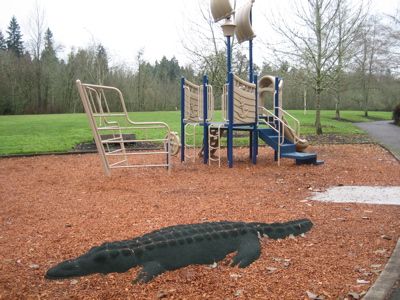As a Realtor in Lake Oswego, one of the most common questions I hear is “How much does it cost to buy a house on the Lake?” Now that the lake is full, and the sun is coming out, it seems like a good time to do a little analysis and answer this question.
There are 3 distinct types of water front property: canals, bays, and the main lake. The values are specific for these 3 areas. The canals have more shallow water and houses that face one another from one side of the canal to the other. These properties typically have the lowest values. There are 2 bays, one at each end of the lake, and these bays are shallow, but wide enough for water skiing. The main lake is by far the most valuable. Spectacular is the word that comes to mind. If you can afford it, this is the most beautiful setting.
Canals
There are currently 3 houses for sale on canals. The least expensive is $649,000 and the most expensive is $949,000.
There are 4 canal properties that are pending sales. The least expensive is listed for $749,000 and the most expensive is listed for $1,499,000.
In the last 12 months, 4 canal properties have sold and closed. The least expensive was sold for $510,000 and the most expensive was sold for $845,000.
Bays
There are 5 houses for sale on either of the two bays. The least expensive is listed for $599,000 and the most expensive is listed for $2,300,000.
One house on a bay is a pending sale that was listed for $950,000.
2 houses located on either bay are closed sales from the last 12 months. The least expensive was sold for $625,000 and the most expensive sold for $800,000.
Main Lake
23 houses on the main lake are currently for sale. The least expensive is offered at $924,900 and the most expensive is offered at $15,000,000.
1 house on the main lake is in “bumpable buyer” position. This means that a buyer has made and had an offer accepted that is subject to the sale of their current home. The list price on this house is $1,595,000.
4 houses on the main lake are sale pending. The least expensive was offered at $879,000 and the most expensive was offered at $1,985,000.
11 main lake houses became closed sales in the last twelve months. The least expensvie was sold for $300,000. (Really, an incredible value, probably reflecting land value. It was a short sale that was on the market for nearly a year. I do not know the details of this sale, but logic tells me that there were likely extreme structural or condition issues.) The most expensive was sold for $1,900,000.
Analysis
So to answer the question “What does it cost to buy a home on the Lake?”, with this information I’d suggest it costs about $500,000 to $845,000 to buy a house on a canal; it costs about $625,000 to $800,000 to buy on a bay; and to get on the main lake, you might find a screaming deal for $300,000, but you can go as high as $1,900,000.
Notes
There has not been a closed sale over $2,000,000 in the last 12 months, yet of the 23 houses on the main lake currently for sale, 12 are listed for more than $2,000,000. This tells me that there are 12 home owners who are up against this economy in a very hard way.
The most expensive house for sale on the main lake is Jantzen Island, a 5 acre private estate. It has been in the news of late because the current owner, Jerry Stubblefield who founded Avia Shoes, and Chris Dudley, last year’s Republican candidate for Governor, are involved in a lawsuit over a 3.75 million dollar loan and ownership of Oregon’s most prestigious piece of real estate. The house was built in 1930, it has 13,500 square feet with 4 bedrooms, 6 full baths, and 2 half baths.
There is only one house for sale right now on the main lake that is priced at less than a million dollars. It’s a 1938 Tudor with 2889 square feet, 4 bedrooms, 3 full and 1 half baths, and it is neither a foreclosure or a short sale. If I were in the betting state of mind, I’d predict that this house will go pending long before the $2,300,000 house offered for sale on one of the bays.
I hope you find this information helpful. Give Linda or myself a call if you have any questions,
Dianne















